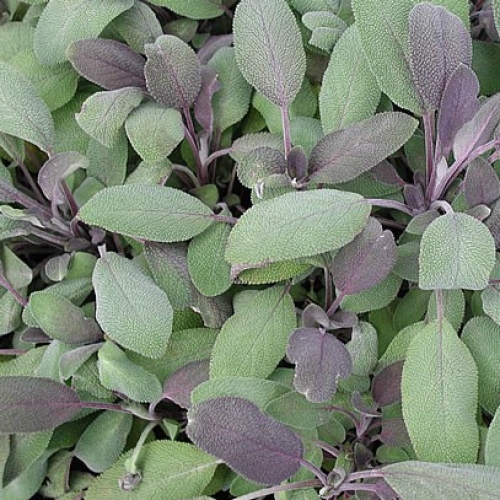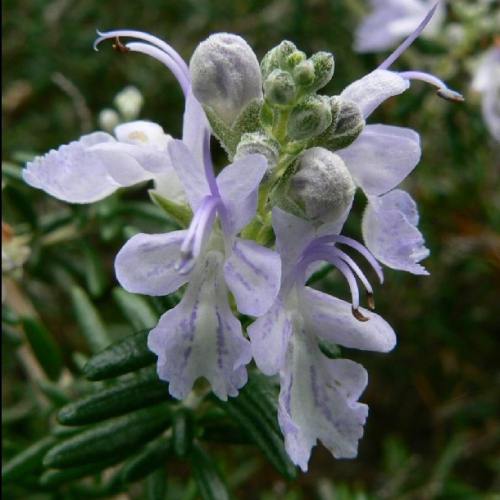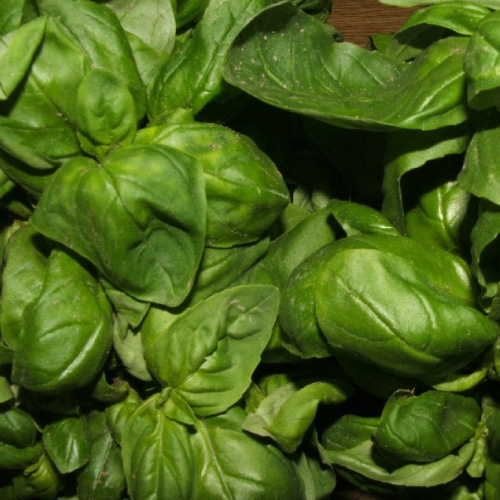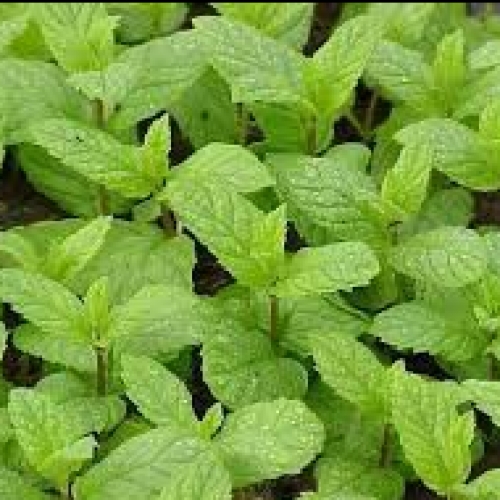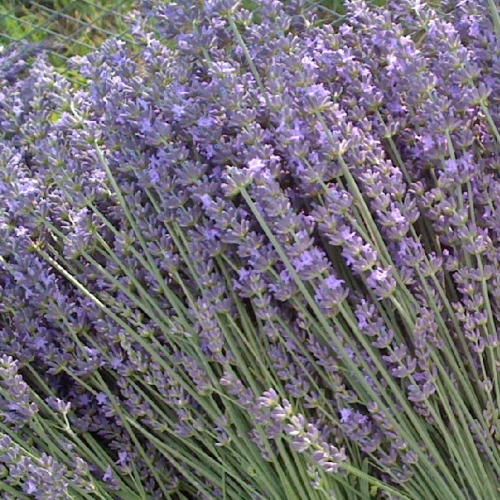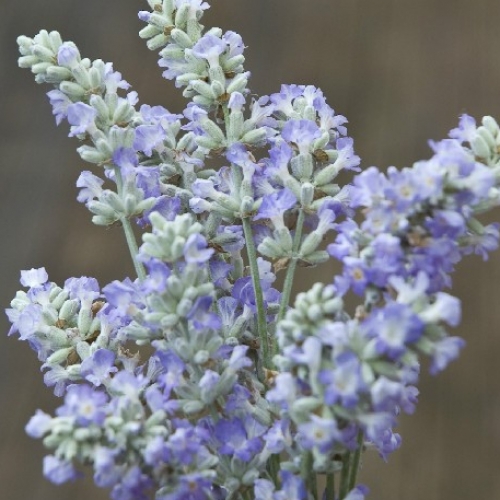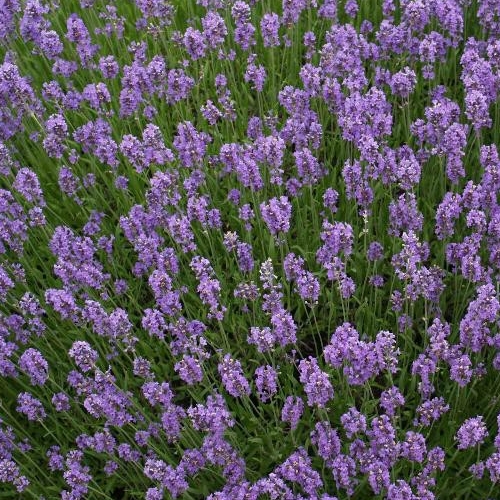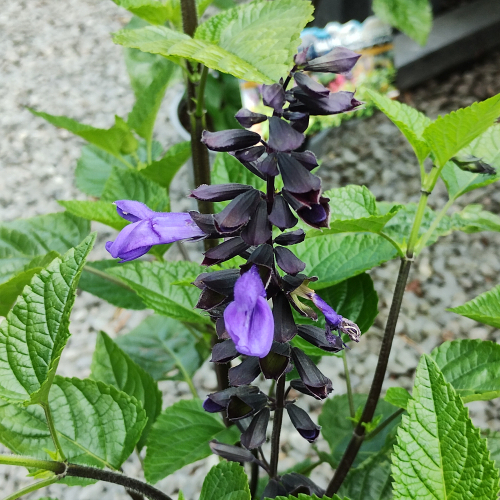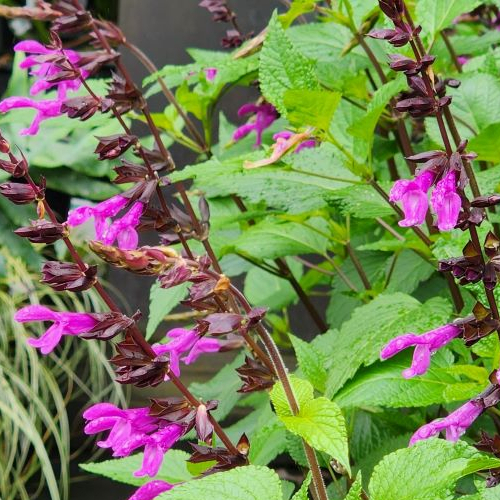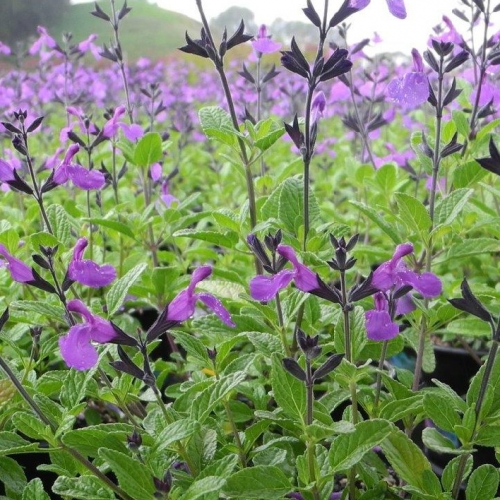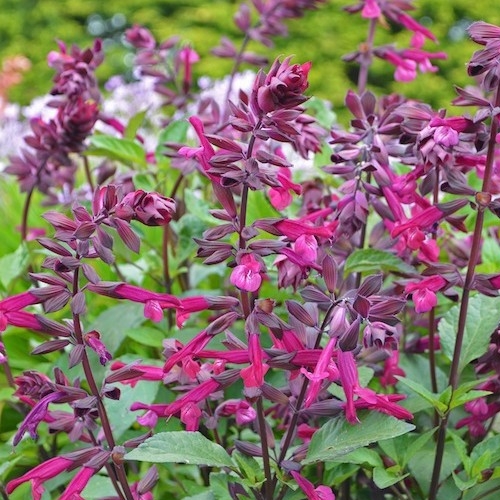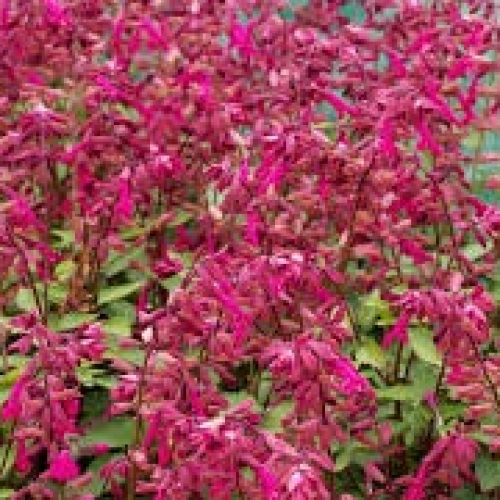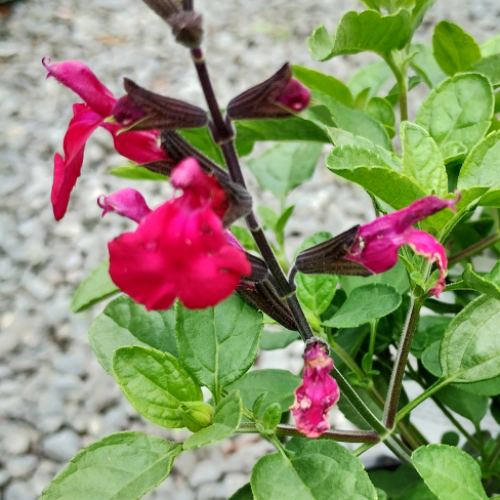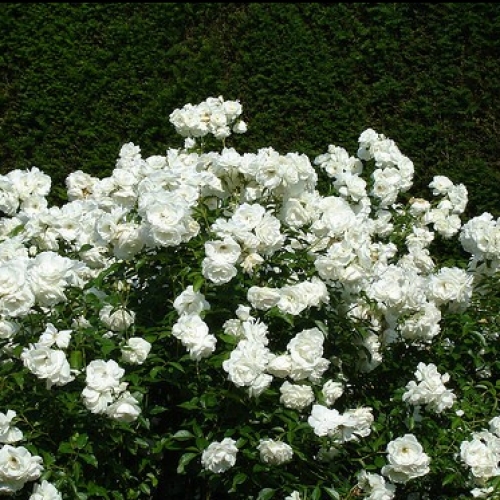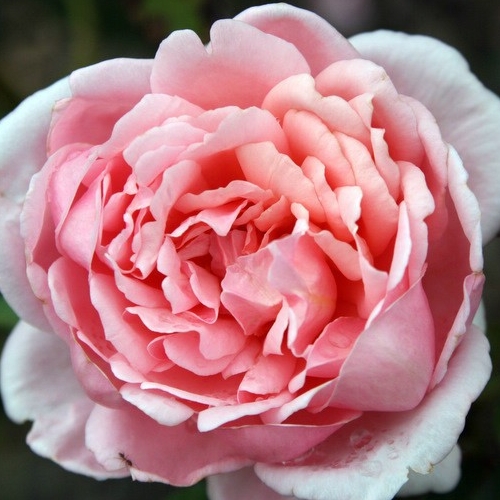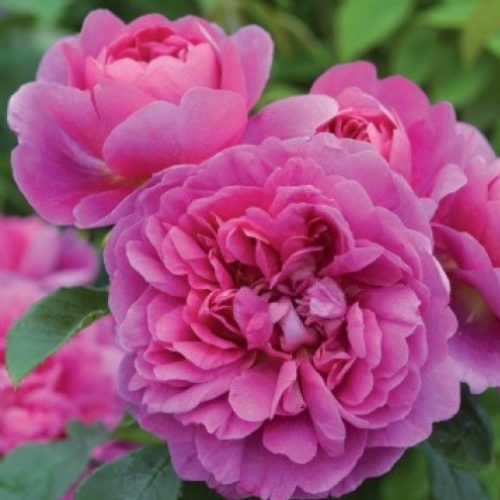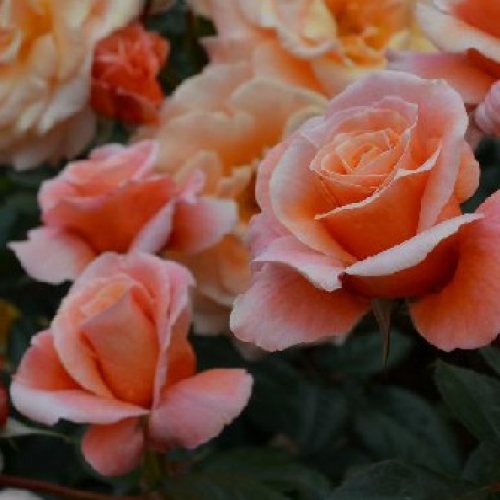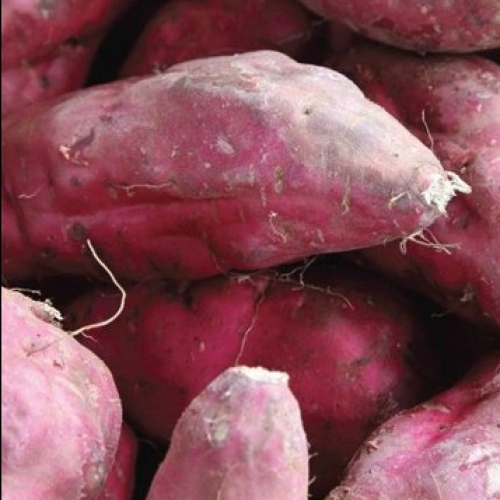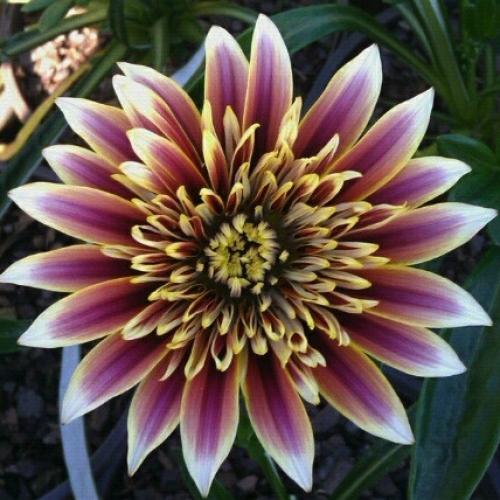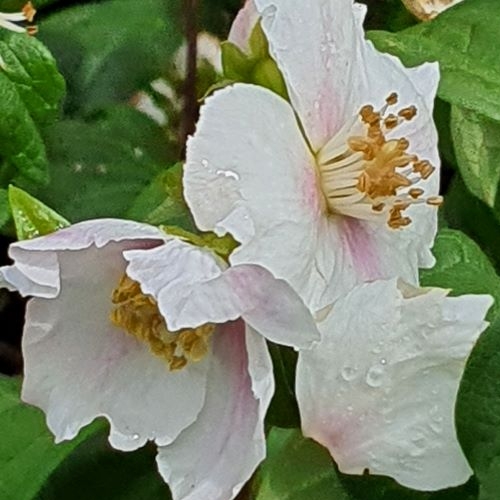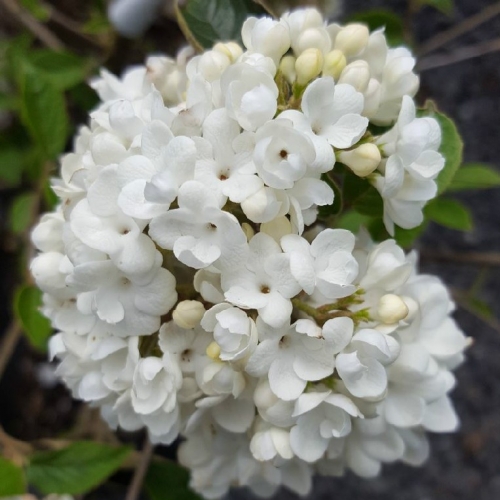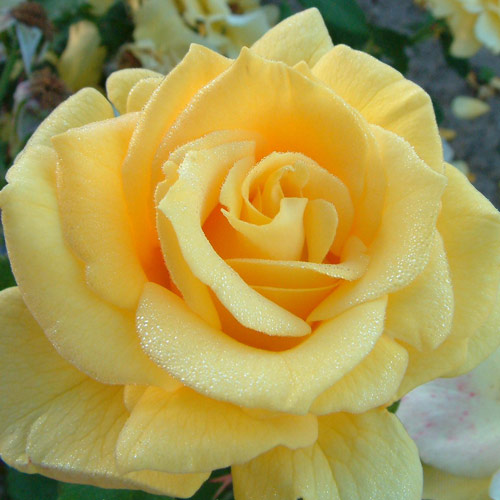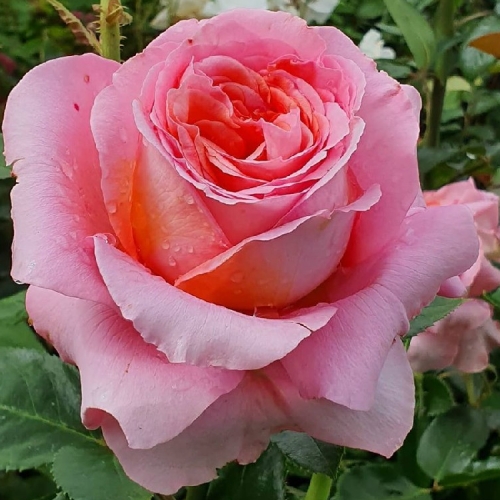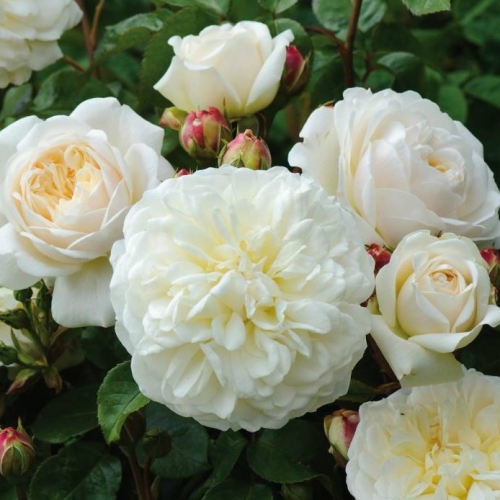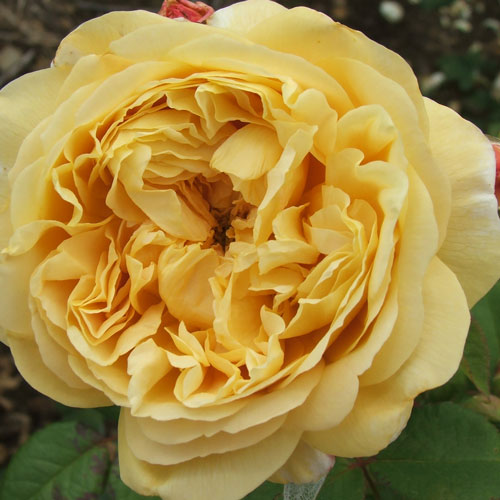Saturday 2nd November, 2024
Hi
The family of Labiatae or Lamiaceae could be commonly known as the sages, but also the mints!!!
Fragrant leaves, opposite leaves, edible leaves and flowers that have upper and lower lips are some of its physical attributes
Funny the things that you learn, or had never really thought about or comprehended, with the Latin that plays a large part in botanical nomenclature ( I had never studied Latin at school, or Hort for that matter ). Many plants and plant groups have old names, new names, or alternative names. The old family name for this group (which is sometimes still used) is Labiatae. I did google and discovered this to mean 'Lip' in Latin or 'Labia' in English as being plural for Lips. The family name in question refers to the flowers typically having petals that are fused into an upper and lower lip, though nowadays this family is perhaps more often referred to by its new name: Lamiaceae. This comes from the Greek 'lamios' meaning 'jaws' because many members have flowers that swallow any small insect unlucky enough to enter the tubular part of the flower.
So, who does belong to this family that is so culinarily significant and has those distinctive flower forms and aromatic leaves? I'm sure you will know them all.
Sage, yes sage, being
Salvia Officinalis and a classic which I think fits many criteria from food to being quite pretty in the ornamental garden with different cultivars with coloured leaves and of course those flowers.
Basil is the taste of summer and we all love basil in all its forms. Salvia rosmarinus is the old name of
Rosemary which has since been renamed is and now known as
Rosmarinus officinalis.
In fact this family contributes hugely to our everyday herbs as it also includes all the
mints,
thymes,
oreganos and I'm sure that there are many more.
I do also have to mention the
Lavender genus of which there are many different species and also cultivars which are also making their arrival into the garden centre right now..
Spanish Lavender or Stoechus are the ones that have the rabbit ears distinctly at the top of the flower.
English Lavenders are the ones that bear their flowers at the top of tall stems and are predominantly in shade of mauves, blues and purples.
While the
Spanish lavenders are the first to flower and have been in stock for a little while, the
English lavenders have only just become available. The new arrivals include:
Arabian Night which has bright violet blue flowers on long 'pickable' stems and an intense perfume;
Munstead a compact form with foliage and flowers that carry the true sweet lavender fragrance we all love;
Grace Leigh which has arching silver-grey foliage and stems of dainty flowers that have a silver hue toned with soft violet, and
Thumbelina Leigh, a dwarf form that is the smallest lavender available on the market and is characterised by fine grey-green foliage and dainty stems of deep purple flower heads.
But wait, there is more, such as the
Salvias which are not grown for the culinary flavours but their pretty flowers that add so much to the perennial border or any other part of the garden. What growing conditions suits this family? Well I will generalize and say that on the whole they are sun worshippers and love good soil that drains well and that they don't like wet feet. Late spring is a great time to plant these as we move into the drier season of summer and then once established should overwinter our wet winter season so much better.
Some of the ornamental perennial
Salvias to tempt you include the
Lakes series, otherwise known as the Guaranitica series, which are unfussy quick growing with lush almost tropical foliage and continuously topped with flowers.
Salvia Lake McKenzie These fantastic Salvias all feature spikes of exquisite rich coloured Dark Purple tubular flowers.
Salvia Lake Tahoe Stunning Salvias all feature spikes of exquisite rich mauve/pink tubular flowers.
Living Fashion have brought out the
So Cool series and theses seem to be more shrub-like in appearance and with masses of salvia-like flowers that bloom in abundance. Again, great colour and fillers in the garden whether it be with outer perennials or your rose garden, and so check out
So Cool....
Glare,
Magenta,
Pale Blue and
Violet.
Lets talk standard Roses
A
standard rose is a normal rose bush grafted on to an
80 cm rootstock (usually) although we do have mini standards (std) on
45 cm root stock. The important point to remember here is that, for example, the
Iceberg rose is the same whether it be a bush plant or grafted on to a stem. You still need to allow the same space, but it will just stand 80 cm taller.
Another great point to know about standards is that they can be less susceptible to fungal infections as they are not so close to the ground. Further for the fungal spores to bounce from the soil when it rains and, of course, being elevated they by default get more air movement through their structure.
A standard rose is perfect for where you perhaps need some height in the garden. The classic scenario is along a pathway or fence line where some height is necessary. I often get asked about spacing and very roughly the head will occupy around a metre square and so if planted at 1 metres spacings will make a hedge on stilts kind-of-look as they will meet together after around 3 years. If you need space between them then space at 1.2m, 1.5m accordingly.
Iceberg is a classic and our most popular choice as a standard for the garden. It's a floribunda and so that means it has heaps of flowers and great effect in the garden. This rose repeats, or is almost continuously with some flowers throughout the season, and is generally pretty reliable and healthy.
Brother Cadfael is a David Austin rose, very pretty in soft pink and with huge fully double globular old-fashioned-style flowers that are also fragrant.
Princess Anne is another more recent of the David Austins and is particularly healthy and looks fab in flower. Has a unique character and a very special beauty. The young flower is deep pink, almost red, gradually fading to a pure deep pink as the bloom matures. The undersides of the petals have a pleasing hint of yellow.
Strawberry Blonde this Floribunda rose delivers an abundance of fragrant, soft apricot blooms above mid-green leaves. Continuous flowering through the season, lovely for the garden or enjoy your 'strawberry blonde' in a container. Bred in NZ by Rob Somerfield in 2014.
New arrivals and not-so-new arrivals that are looking their best right now
African daisies (Gazanias) have just arrived and are looking gorgeous. Large semi-double flowers in shades of lemon, white, orange and maroon make this perennial daisy a winner. The flowers appear from spring through autumn.
Philadelphus or Mock Orange are currently coming into flower, and will soon be releasing their heady fragrance. We have several varieties of this easy-to-grow shrub, all of which have fresh green foliage and pure white blossoms.
Finally, we have two Viburnum varieties that are in full flower and looking just stunning.
Viburnum Eskimo has globular balls of delicious creamy tubular flowers with just a gentle flush of pink that decorate this shrub in spring. The flowers are fragrant and followed by red berries.
Viburnum Pink Beauty has flatter, lacecap heads of creamy-white flowers ageing to pink, sometimes followed by red, later black, berries.
Events are on all around and the Taranaki Garden Fest kicked off this weekend as well as the Te Awamutu Rose show.
Taranaki Garden Festival is now underway: started November 1st and ends November 10th. Make your way over to the Naki for this great festival.
Lions club of Waihi Garden ramble 9-10th November, 9am to 4 pm. Tickets from Country Dog and Aeroview garden centre amongst other places, or contact Jennifer on 027 7204 0488 or Liz on 021 0231 7833.
The Franklin Hospice Barfoot & Thompson Garden Ramble will take place on 16 & 17th November this year. This year the Garden Ramble will feature 17 gardens in the Runciman, Bombay, Paerata and Harrisville areas.
Purchase your ticket from Eventbrite at https://garden-ramble.eventbrite.co.nz
Diamond Jubilee Te Awamutu Rose Society 60th Annual Spring Rose Show Friday 1st Nov 1pm to 4pm & Saturday 2nd November 9am to 3 pm.
Venue Ta Rugby sports and recreation club, 420 Albert Park Drive.
Daltons Waikato Rose Society Spring Show held in the Hamilton Gardens Pavilion, Saturday 9th November 12.30 to 5pm & Sunday 10th November 10am to 4.30pm.
OMG I don't know where the weeks go...as today is the pinch and a punch for the first of the month of November. I know that we will all be planning the count down to the end of the year culminating in Christmas and to when a new year will begin.
I look to our garden where all the hedges are rapidly growing, looking divine and will all need to be trimmed once the spring flush has started to harden off. I look out there though and think what a gorgeous space and it's all worthwhile. I love to summer entertain outside in the garden and share with friends.
Take the time to smell the roses and have a great weekend.
All the very best from Lloyd, Tony and the Wairere team.
